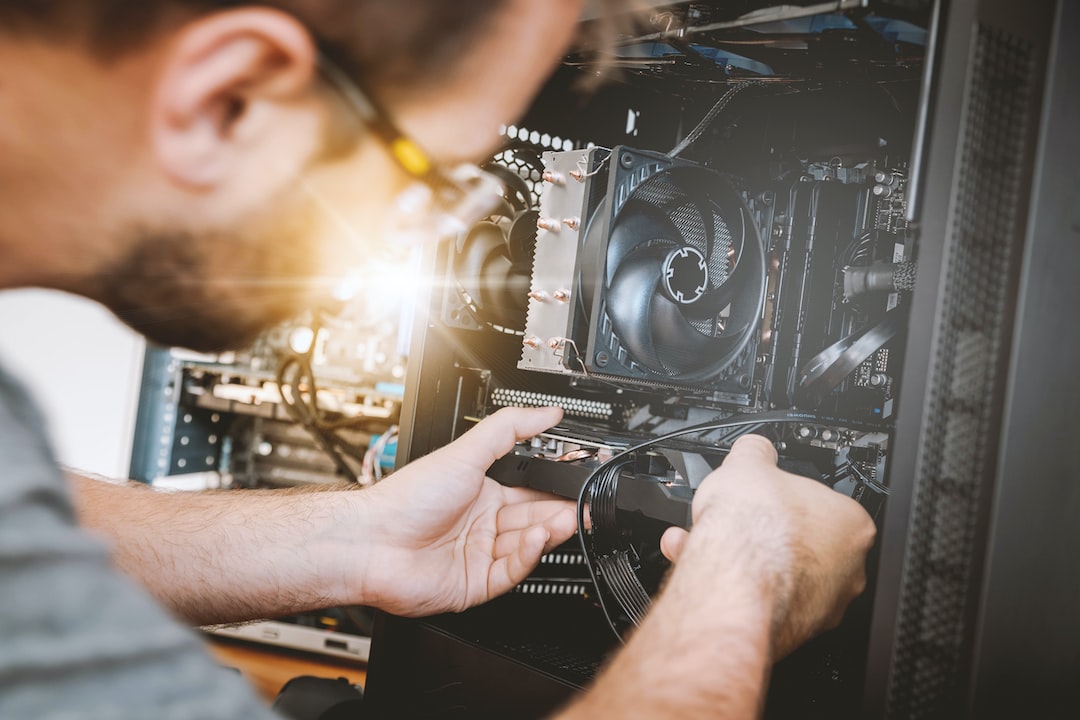The Future of Manufacturing: Robotics and Automation
In recent years, the manufacturing industry has undergone a significant revolution, thanks to advancements in robotics and automation. These technological advancements have not only transformed the way products are being made but also how businesses operate.
Robotics and automation have played a significant role in increasing efficiency, reducing costs, and improving overall productivity in the manufacturing sector. With the rapid pace of technological advancements, it is safe to say that the future of manufacturing lies in the hands of robots and automation.
One of the most significant advantages of robotics and automation in manufacturing is the increased precision and accuracy they offer. Unlike human workers, robots perform tasks with consistent accuracy, which leads to minimal errors and wastage. This precision is especially crucial in industries that require strict quality control measures, such as aerospace and automotive manufacturing.
Moreover, robots can operate at a much faster pace than human workers, which ultimately leads to an increase in productivity. They can work around the clock without getting tired, taking breaks, or making mistakes due to fatigue. This non-stop production capability ensures that businesses can meet the ever-growing demand for their products without compromising on quality or delivery timelines.
Another crucial aspect of robotics and automation in manufacturing is improved workplace safety. Many production processes involve hazardous materials or working conditions that are not suitable for human workers. By integrating robots into these processes, businesses can ensure the safety of their workers and minimize the risk of accidents or injuries. Additionally, robots can handle repetitive and physically demanding tasks that may cause strain or long-term health issues for humans, further improving overall worker well-being.
Furthermore, robots and automation offer significant cost savings for manufacturing businesses. Although the initial investment in robotics technology may be substantial, the long-term benefits far outweigh the initial costs. Robots do not require salaries, benefits, or breaks like human workers, resulting in reduced labor costs. Additionally, robots can perform tasks at a significantly higher speed, leading to increased production output, which in turn reduces costs per unit produced.
Not only do robots and automation increase productivity and reduce costs, but they also contribute to sustainability efforts. By operating with high precision and accuracy, robots minimize waste and optimize resource usage. This leads to reduced raw material consumption, energy conservation, and a smaller environmental footprint for manufacturing businesses. In an era where sustainability is a growing concern, robotics and automation play a crucial role in ensuring businesses can meet their production goals while being mindful of the planet.
Despite the numerous advantages of robotics and automation in manufacturing, some argue that this technological shift will result in job losses. While it is true that robots may replace some tasks traditionally performed by humans, it is essential to understand that it also creates a demand for new skilled workers. The manufacturing industry will require a workforce capable of designing, programming, and maintaining robots, opening up new opportunities for specialization.
In conclusion, the future of manufacturing lies in the hands of robotics and automation. The advantages they offer, such as increased precision, productivity, cost savings, workplace safety, and sustainability, make it clear why robotics and automation have become indispensable in the manufacturing sector. By embracing these technological advancements, businesses can stay competitive, meet customer demands efficiently, and contribute to a more sustainable future.

